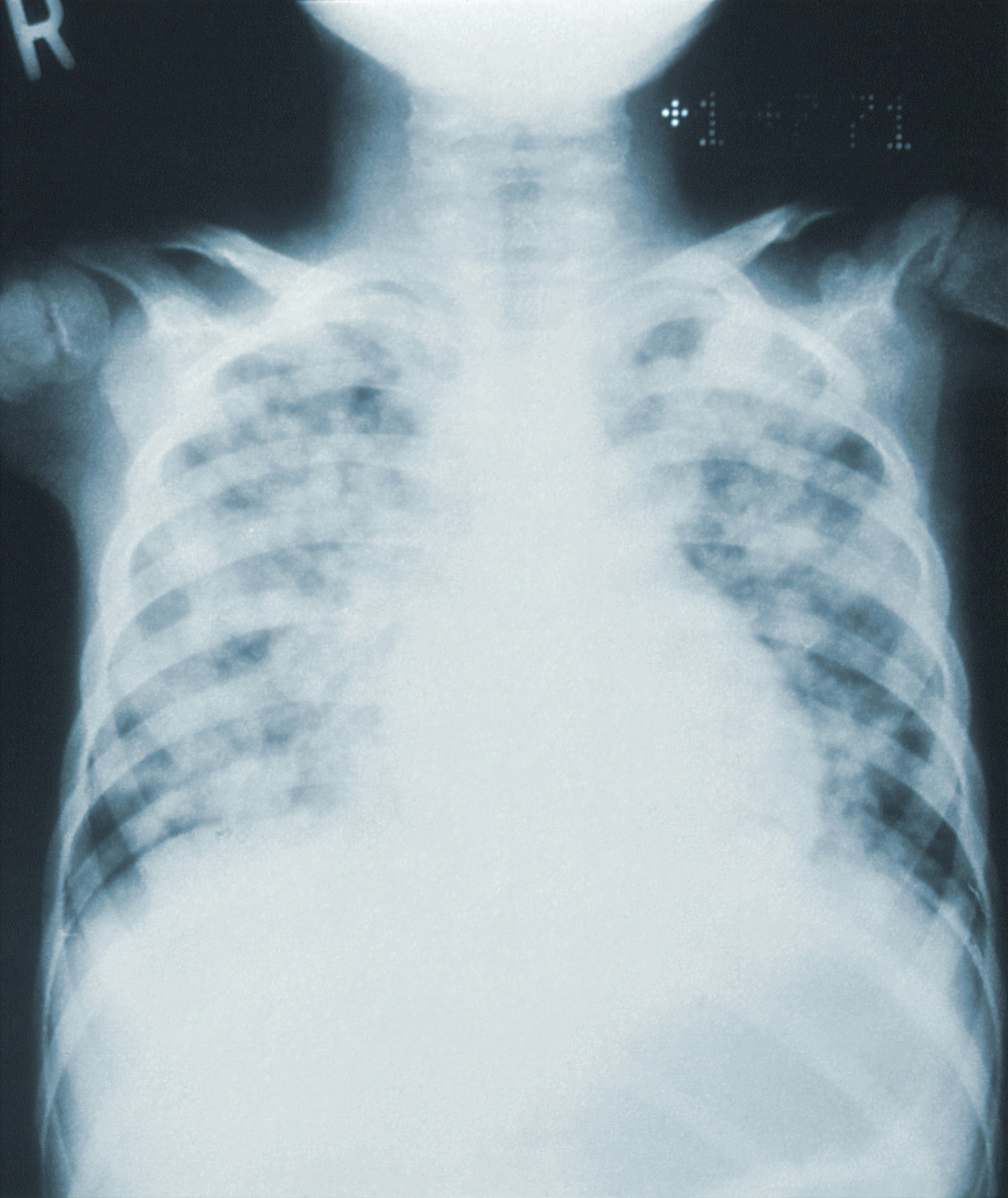Marik

Hydrocortisone, Vitamin C and Thiamine for the Treatment of Severe Sepsis and Septic Shock: A Retrospective Before-After Study
Marik. CHEST 2016; published on line first Dec 2016 doi:10.1016/j.chest.2016.11.036
Clinical Question
- Does intravenous vitamin C, hydrocortisone and thiamine in addition to standard treatment, improve mortality in ICU patients with severe sepsis or septic shock, compared with standard treatment alone?
Design
- Retrospective observational study
- Single centred
Setting
- Single centre in US
- January – July 2016
Population
- Inclusion: patients with severe sepsis or septic shock and a procalcitonin (PCT) >2 ng/ml
- Exclusion: patients aged < 18 years; pregnancy; patients with limitations of care
- 47 patients
- Baseline characteristics (demographics, diagnosis, co-morbidities, positive blood cultures and interventions) were similar in both groups
Intervention
- Vitamin C + Hydrocortisone + Thiamine in addition to standard treatment
- 1.5g QDS Vitamin C intravenously for 4 days or until ICU discharge
- Hydrocortisone 50mg QDS intravenously for 7 days or until ICU discharge followed by a taper over 3 days
- 200mg thiamine BD for 4 days or until ICU discharge
Control
- Standard treatment
Both groups
- received empirical broad spectrum antibiotics which were then deescalated according to microbiological data and clinical progress
- managed by a conservative physiologic based fluid and vasopressor strategy
- 24 hour fluid balance: 2.1 +/- 3.2L in the treatment group and 1.9 +/-2.7 in the control group
- 72 hour fluid balance: 1.9 +/- 3.7L in the treatment group and 1.6 +/-3.3 in the control group
- ventilated with a lung protective strategy avoiding hyperoxia
- received limited use of sedative agents (dexmedetomidine preferred agent)
- Norepinephrine was the vasopressor of first choice and titrated to a dose of 20 mcg/min targeting a mean arterial pressure > 65 mmHg. Vasopressin (0.04 units/min) was added followed by phenylephrine or epinephrine if the target MAP was not achieved
- enteral nutrition was commenced 24 hours after ICU admission and once clinical stability was achieved
- deep venous thrombosis prophylaxis with both enoxaparin (or heparin in patients with a calculated creatinine clearance < 30 ml/min) and sequential compression
- permissive hyperglycaemia was allowed
- Routine stress ulcer prophylaxis was not administered
Outcome
- Primary outcome: Hospital mortality
- 8.5% (4 of 47) in the treatment group compared to 40.4% (19 of 47) in the control group (p < 0.001)
- Secondary outcome:
- mean duration of vasopressor therapy: 18.3 ± 9.8 hours after starting treatment with vitamin C protocol vs 54.9 ± 28.4 hours in the control group P<0.001
- requirement for renal replacement therapy in patients with AKI: 3 patients (10%) in the treatment group vs 11 (37%) in the control group P=0.02
- median ICU length of stay: 4 days in both groups
- PCT clearance (initial PCT minus PCT at 72 hours divided by the initial PCT multiplied by 100): 86.4% in the treatment group vs 33.9% in the control group
- The 72-hour delta SOFA score (difference between subsequent scores) was 4.8 ± 2.4 in the treatment group compared to 0.9 ± 2.7 in the control group (p<0.001).
Authors’ Conclusions
- The early use of intravenous vitamin C, together with corticosteroids and thiamine may prove to be effective in preventing progressive organ dysfunction including acute kidney injury and reducing the mortality of patients with severe sepsis and septic shock. Additional studies are required to confirm these preliminary findings
Strengths
- An interesting hypothesis generating study which has some biologically plausible explanations for benefit in sepsis
- Vitamin C and thiamine are cheap and relatively safe. However, vitamin C toxicity can cause renal failure and the safety profile would be best evaluated in the context of an RCT
Weaknesses
- Not an RCT
- Small numbers
- Single centre
- Multiple interventions and therefore not possible to determine which, if any, are associated with improved outcome
- The treatment and control periods were not concurrent and occurred during different seasons
- 60% of patients in the control group were treated with corticosteroids
- Details are provided for the underlying reason for death (including advanced dementia, severe heart failure, advanced sarcoidosis and severe COPD) but not for the control group
The Bottom Line
- This study is hypothesis generating. An RCT is required to determine the efficacy of vitamin C, steroids and thiamine in severe sepsis and septic shock. The results of ADRENAL will help guide future use of corticosteroids. I will not consider using vitamin C or thiamine in sepsis until additional studies, demonstrating benefit, are completed. Until then, I will eagerly wait to see if the combination of vitamin C, steroids and thiamine offers a ‘Marikle’ cure for sepsis
External Links
- [abstract] Hydrocortisone, Vitamin C and Thiamine for the Treatment of Severe Sepsis and Septic Shock: A Retrospective Before-After Study
- [further reading] A randomized clinical trial of ascorbic acid in open abdominal aortic aneurysm repair
- [further reading] ADjunctive coRticosteroid trEatment iN criticAlly ilL Patients With Septic Shock (ADRENAL)
- [further reading] Effect of high-dose ascorbic acid on vasopressor requirement in septic shock
- [further reading] Vitamin S (Steroids) and Vitamin C for the Treatment of Severe Sepsis and Septic Shock!
- [further reading] Vitamin C revisited
- [blog post] PulmCrit- Metabolic sepsis resuscitation: the evidence behind Vitamin C
- [podcast] EMCrit Wee – Edited Version of Paul Marik on the Metabolic Resuscitation of Sepsis
Metadata
Summary author: Steve Mathieu
Summary date: 31st Jan 2017
Peer-review editor: Adrian Wong




https://clinicaltrials.gov/ct2/show/NCT02106975
Clinical trial prospective randomized at clinical trials.gov of vitamin c in acute lung injury
Hi Steve,
Great summary as usual. There is a storming debate over on EMCrit/PulmCrit following Josh Farkas’ in-depth review of the same paper that is worth heading over to for a read.
I accept all of the pro and con criticisms that have been laid out, yet I come to a different practice decision. I agree that a small, before-and-after, single centre trial of itself should be no more than hypothesis generating. However, Paul’s trial builds upon pre-existing work. I want to see the RCT and we might look at doing something here in Wollongong (likely to be no more than a single centre though), however, here’s the thing; we still need to make the best decisions that we can based on the current best information available.
We’ve been suckered before with ‘magic bullets’ that then appear to fail at MC-RCT level, including steroids. And many have significant ADR profiles. Vitamin C may ultimately fail the ‘gold standard’ trial but in the meantime there is a negligible ADR profile associated with it. Critics will (and have) brought up the usual spectres of Hawthorne effect, small sample sizes and dissecting the effects of packaged therapies (Marik’s Marikle compound consists of Vit C + Thiamine + Steroid), yet how many patients are currently in ICUs already receiving thiamine and steroids? Why not start with an RCT on that cohort? And while that is getting coordinated, for the centres that do not get involved in that RCT, think about setting up a registry? This is ultimately not much different from post marketing surveillance that occurs for drugs and devices that get FDA/TGA/etc approval.
Here’s the argument put forward by an intensivist (Tim Baptist) on the PulmCrit site:
Universe 1: Cocktail works
– Early adopters: Saved lives
– Skeptics: Lost lives that could have been saved
Universe 2: Cocktail doesn’t work
– Early adopters; No lives saved; No to minimal harm done.
– Skeptics; No lives saved. No harm done.
It has also been put forward that perhaps ADRENAL will be a negative trial if the Vit C component turns out to be true and if that is not examined, we might throw away a helpful therapy.
Fascinating topic ultimately – as much for the debate as the itherapy itself. And if it does prove successful, let’s hope that your coined term “Marikle therapy” gets adopted.
Thanks
Thanks Matt
It’s been a fascinating study and debate.
I have a few issues with the study (others highlighted in the post):
1) The mortality in the control group is very high. Rivers was only 6% higher 15 years ago. The EGDT studies had a 60 or 90 day mortality of 18.8% (ARISE); 18.2% (ProCESS) and 29.2% (ProMISE). It’s not clear why the control mortality is so high but this will exaggerate any difference in the experimental group
2) The manuscript provides details of the 4 patients that died during their hospital stay, reporting that their death was not attributed to complications from sepsis. What about the control group?
3) The belief that this therapy is harmless may be influencing opinions on whether an RCT with adverse event reporting is required. Whilst I accept that it probably does have limited side effects, we simply do not know (who would have thought that oxygen could be harmful?) Most studies (accepting Zabet and Fowler are important exceptions) have used the oral route for vitamin C and interactions with other drugs, treatments and pathologies may ultimately prove harmful. We also know from several previous studies that steroids might increase the risk of secondary infections. ADRENAL will be helpful to inform us of this
4) No information is provided about timing and method of any procedural or surgical source control
My view is an RCT is required to make sure we have conducted a robust study, that is powered to report important patient outcome measures. I feel uncomfortable that we may adopt a treatment based on a single centred before and after trial with such small numbers and high risk of bias. Equally, I understand why some will wish to adopt it immediately. The risk is that we may well end up with a treatment that has no effect but (possibly) no harm right now. Moreover, in the future, we may end up with this treatment ingrained in medical practice, and it does cause harm by drug interactions, toxicity or reducing the efficacy of new drug therapies.
A prospective multi-centre cohort study may be the answer Matt. An RCT is clearly preferred but we all know it will take a long time.
Thanks for taking the time to post
Best wishes
Steve
Pingback: The Marik Protocol: Have We Found a “Cure” for Severe Sepsis and Septic Shock? - R.E.B.E.L. EM - Emergency Medicine Blog
Pingback: SGEM#174: Don’t Believe the Hype – Vitamin C Cocktail for Sepsis | The Skeptics Guide to Emergency Medicine
Here is the review by the Skeptics’ Guide to Emergency Medicine.
http://thesgem.com/2017/04/sgem174-dont-believe-the-hype-vitamin-c-cocktail-for-sepsis/
-10 points for a horrible title. The reason why there is so much skepticism about vitamin C in general, including intravenous vitamin C, is because people think of it as a mere nutrient. Intravenous vitamin C, which increases blood ascorbates way beyond oral administration, compared to oral vitamin C (regardless how much consumed, be it from an orange or supplement) is like comparing a glass of fine wine to a grape somebody stepped on. They’re not even in the same realm. It’s the difference between therapy and nutrition.
Thanks for your comments David
The title was deliberately meant to catch readers attention, although I accept your comments. I completely agree about your point relating to absorption and most definitely do not see intravenous Vitamin C as a mere nutrient. I still stand by my closing statement though – do the RCT and demonstrate the efficacy of Hydrocortisone, Vitamin C and Thiamine in severe sepsis and septic shock.
BWs
Steve
Pingback: Voorbereiding komende onderwijsdag SEG WFG van 3 oktober – Spoedeisende Geneeskunde WFG
Pingback: WFG Onderwijsdag SEG 3 oktober 2017 – Spoedeisende Geneeskunde WFG
Pingback: Steroids in Sepsis – The Bottom Line
Pingback: Vitamin C Sepsis – The Bottom Line